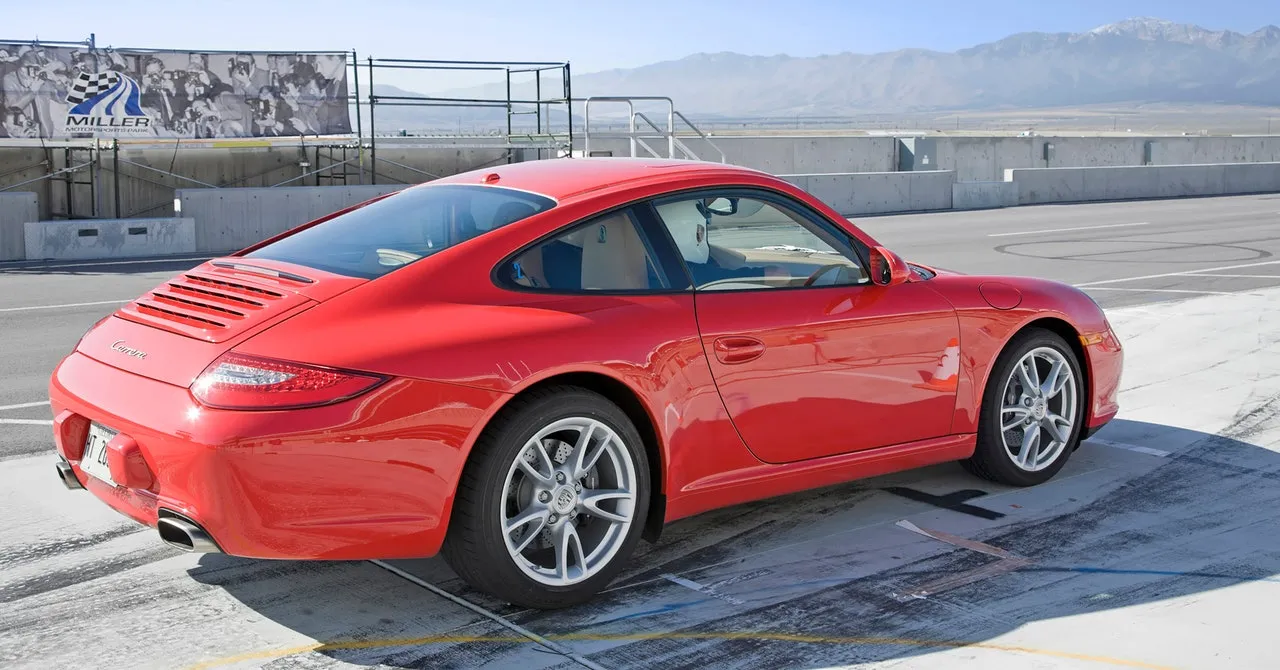Understanding Forces and Acceleration in Auto Racing Through Physics

Forces at Play in Auto Racing
Auto racing fascinates enthusiasts, especially when it comes to how physics optimizes speed. At the heart of a car's performance are vital forces—gravitational force, normal force, and crucially, friction. These forces combine to determine how swiftly a supercar can accelerate down a track.
Maximizing Acceleration
When a car accelerates, the friction between the tires and the road surface creates a pivotal force. The frictional force (Ff) depends on the car's weight and the friction coefficient of the tires. For instance, a supercar can attain remarkable acceleration approaching 20 m/s² with optimized frictional interactions.
Engine Power: A Game Changer
Power, defined as the rate of energy change, directly influences a vehicle's kinetic energy. Cars require power to maintain acceleration; however, as speed increases, acceleration diminishes appreciably. This dynamic plays a critical role in timed quarter-mile races.
The Role of Ground Effects
Modern tech in superbikes, like the McMurtry Spéirling, exemplifies innovations in lowering air pressure beneath a car. Such strategies enhance downward force, thus amplifying friction and allowing incremental acceleration.
In conclusion, supercars leverage physics and engineering ingenuity to achieve extraordinary speeds, all while remaining road-legal.
This article was prepared using information from open sources in accordance with the principles of Ethical Policy. The editorial team is not responsible for absolute accuracy, as it relies on data from the sources referenced.